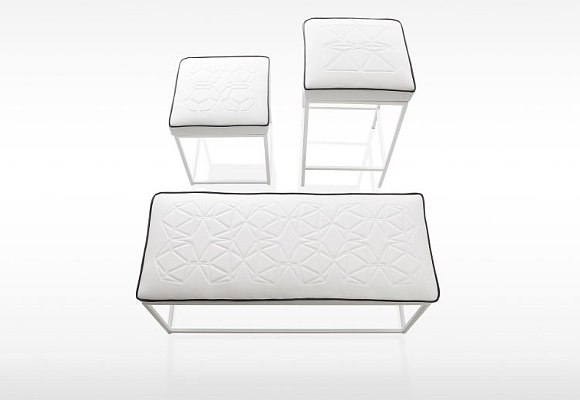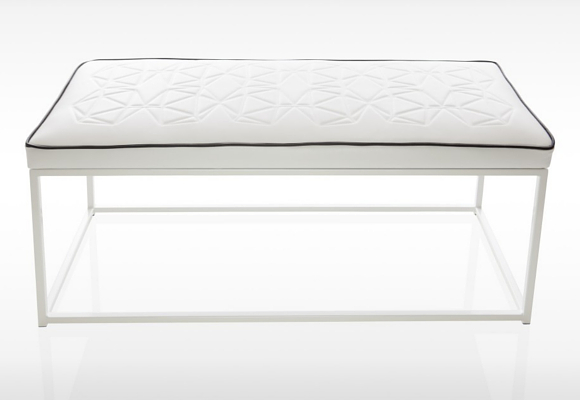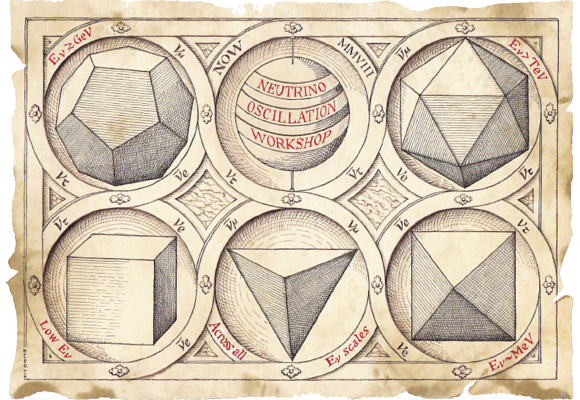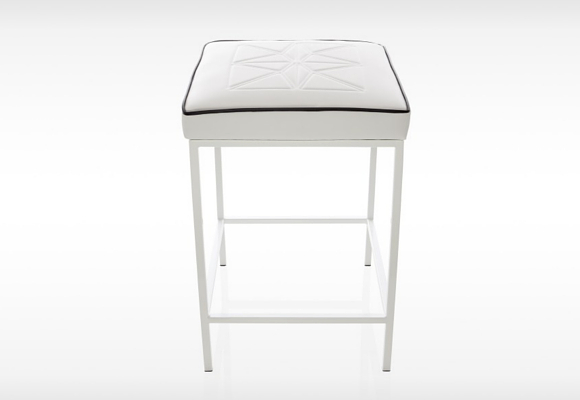The Aštar Collection
Cromatti unveils limited edition collection based on Platonic Solids.

Cromatti unveils limited edition collection based on Platonic Solids. The designs are embroidered following these ancient mathematical principles. So what are these Platonic Solids anyways? Read on to find out more:
The Platonic solids have been known since antiquity. Carved stone balls created by the late neolithic people of Scotland lie near ornamented models resembling them, but the Platonic solids do not appear to have been preferred over less-symmetrical objects, and some of the Platonic solids are even absent. Dice go back to the dawn of civilization with shapes that predated formal charting of Platonic solids.
The ancient Greeks studied the Platonic solids extensively. Some sources (such as Proclus) credit Pythagoras with their discovery. Other evidence suggests that he may have only been familiar with the tetrahedron, cube, and dodecahedron and that the discovery of the octahedron and icosahedron belong to Theaetetus, a contemporary of Plato. In any case, Theaetetus gave a mathematical description of all five and may have been responsible for the first known proof that no other convex regular polyhedra exist.
The Platonic solids are prominent in the philosophy of Plato, their namesake. Plato wrote about them in the dialogue Timaeus c.360 B.C. in which he associated each of the four classical elements (earth, air, water, and fire) with a regular solid. Earth was associated with the cube, air with the octahedron, water with the icosahedron, and fire with the tetrahedron. There was intuitive justification for these associations: the heat of fire feels sharp and stabbing (like little tetrahedra). Air is made of the octahedron; its minuscule components are so smooth that one can barely feel it. Water, the icosahedron, flows out of one’s hand when picked up, as if it is made of tiny little balls.

By contrast, a highly non spherical solid, the hexahedron (cube) represents “earth”. These clumsy little solids cause dirt to crumble and break when picked up in stark difference to the smooth flow of water. Moreover, the cube’s being the only regular solid that tesselates Euclidean space was believed to cause the solidity of the Earth. The fifth Platonic solid, the dodecahedron, Plato obscurely remarks, “…the god used for arranging the constellations on the whole heaven”. Aristotle added a fifth element, aithêr (aether in Latin, “ether” in English) and postulated that the heavens were made of this element, but he had no interest in matching it with Plato’s fifth solid.

Euclid completely mathematically described the Platonic solids in the Elements, the last book (Book XIII) of which is devoted to their properties. Propositions 13–17 in Book XIII describe the construction of the tetrahedron, octahedron, cube, icosahedron, and dodecahedron in that order.
For each solid Euclid finds the ratio of the diameter of the circumscribed sphere to the edge length. In Proposition 18 he argues that there are no further convex regular polyhedra. Andreas Speiser has advocated the view that the construction of the 5 regular solids is the chief goal of the deductive system canonized in the Elements. Much of the information in Book XIII is probably derived from the work of Theaetetus.

In the 16th century, the German astronomer Johannes Kepler attempted to relate the five extraterrestrial planets known at that time to the five Platonic solids. In Mysterium Cosmographicum, published in 1596, Kepler proposed a model of the solar system in which the five solids were set inside one another and separated by a series of inscribed and circumscribed spheres. Kepler proposed that the distance relationships between the six planets known at that time could be understood in terms of the five Platonic solids enclosed within a sphere that represented the orbit of Saturn.
